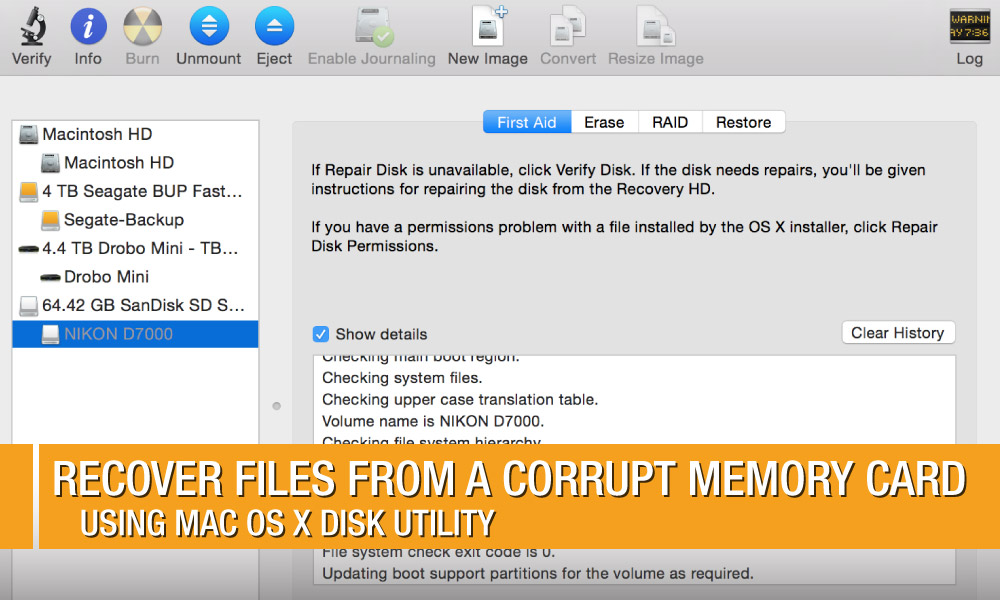

Lastly, you will want to partition the disk as JHFS+, including the name for the new volume.

Once this completes, you will want to overwrite the boot sector for the external. Once you’ve identified your disk, unmount it. As such, the external hard disk appeared as “disk2”, but this may vary on your system depending on what you have mounted. On my MacBook with High Sierra there were 2 existing system disks “disk0” for the recovery files and APFS container volume and “disk1” which is a synthesized set of APFS volumes within the container. If you wish to format your external with APFS, you will first need to format it as HFS+, then subsequently migrate it to APFS.įirst you need to get the name of the disk you are trying to format. I am working on MacOS High Sierra which enabled the newest APFS file system. No matter the sizing or naming, partition creation would always fail.Īfter hunting around online, I finally reached a workable solution. After erasing the NTFS partition, I attempted to create a new JHFS+ partition only to be met with the output “Erase process has failed, press done to continue.” Expanding the output displayed the error “Mediakit reports not enough space on device for requested operation.” Confused as I had removed all the existing partitions, I attempted to manually create the new partition as Macintosh Extended (Journaled).
#MAC DISK UTILITY WAITING FOR PARTITIONS TO ACTIVATE PRO#
Immediately I plugged the disk into my MacBook Pro and opened Disk Utility. Marketing will not fool me today – time to reformat NTFS to a JHFS+ filesystem. On the shelf they had one for “Windows” and one for “MacOS” and the MacOS-compatible one was priced $20 higher than the Windows one. I purchased a Western Digital external hard disk from Best Buy.


 0 kommentar(er)
0 kommentar(er)
